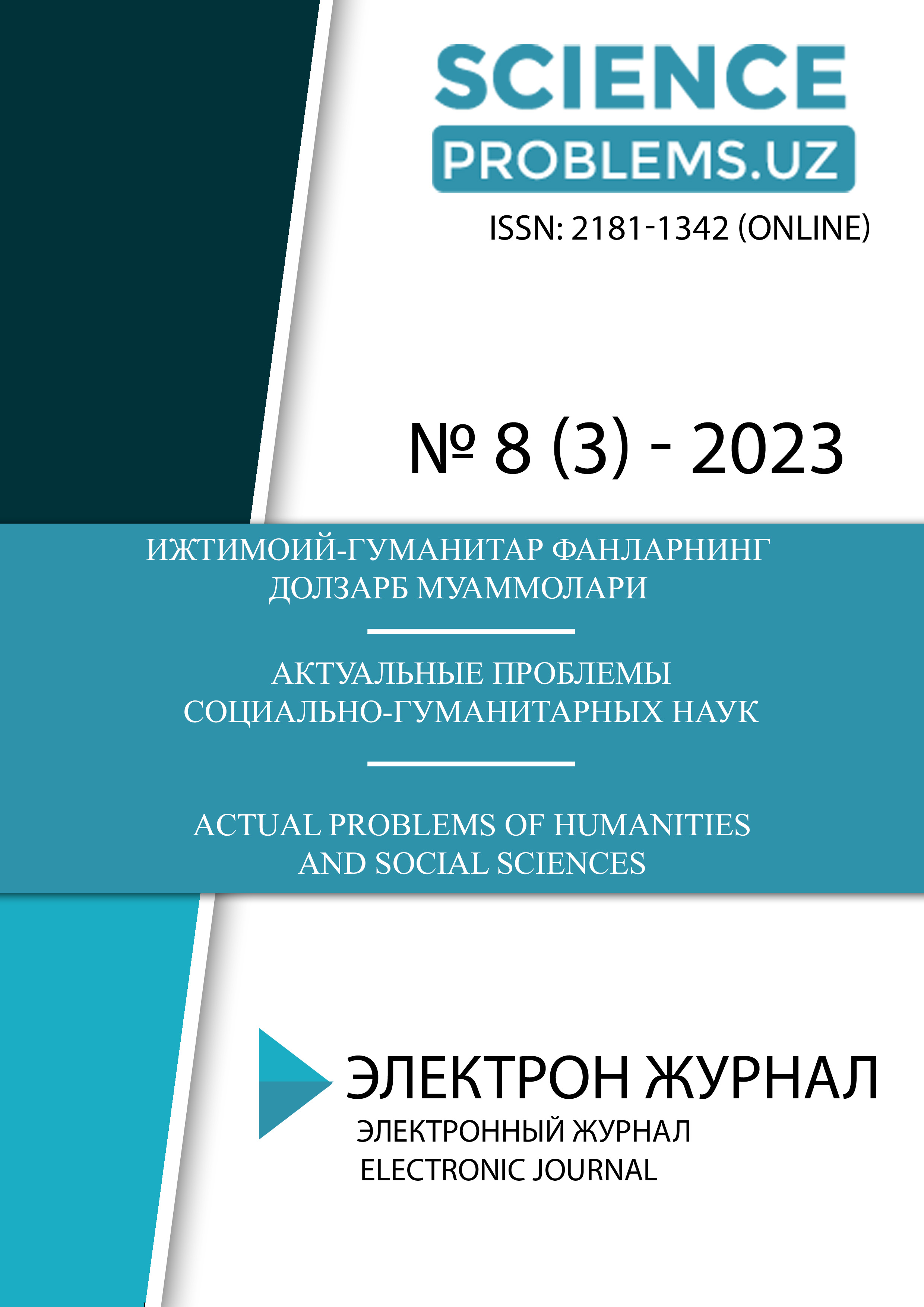THE ROLE OF THE DIGITAL ECONOMY IN MODELING THE FINANCIAL ACTIVITIES OF ENTERPRISES
DOI:
https://doi.org/10.47390/SCP1342V3I8Y2023N09Keywords:
digital economy, financial activities, digital finance, fintech, blockchain technology, artificial intelligence, machine learning.Abstract
This article examines the profound role the digital economy plays in modeling the financial activities of enterprises. It delves into the modern tools and mechanisms for implementing efficient financial processes and facilitating digital transformation in companies. The study harnesses a qualitative methodological approach and provides an empirical analysis of the digital economy's impact on enterprise finance, illustrating how the adoption of digital technology reshapes financial practices.
References
Bughin, J., Hazan, E., Ramaswamy, S., Chui, M., Allas, T., Dahlström, P., Henke, N., & Trench, M. (2018). Skill shift: Automation and the future of the workforce. McKinsey Global Institute.
Brynjolfsson, E., & Kahin, B. (2002). Understanding the digital economy: Data, tools, and research. MIT Press.
Chesbrough, H. W., & Rosenbloom, R. S. (2002). The role of the business model in capturing value from innovation: Evidence from Xerox Corporation's technology spin‐off companies. Industrial and corporate change, 11(3), 529-555.
Zavolokina, L., Dolata, M., & Schwabe, G. (2016, December). The fintech phenomenon: Antecedents of financial innovation perceived by the popular press. In 2016 49th Hawaii International Conference on System Sciences (HICSS) (pp. 5406-5415). IEEE.
Zhu, Y., Xu, B., Dedahanov, A. T., & Hwang, J. (2020). The role of digitization in financial market of China: The evidence from a panel of listed firms. Technological Forecasting and Social Change, 151, 119765.
Arner, D. W., Barberis, J. N., & Buckley, R. P. (2016). The evolution of fintech: A new post-crisis paradigm. Georgetown Journal of International Law, 47, 1271-1319.
Wessel, D. (2012). Red ink: Inside the high-stakes politics of the federal budget. W. W. Norton & Company.
Lee, I., & Shin, Y. J. (2018). Fintech: Ecosystem, business models, investment decisions, and challenges. Business Horizons, 61(1), 35-46.
Chui, M., Manyika, J., & Miremadi, M. (2016). Where machines could replace humans—and where they can’t (yet). McKinsey Quarterly, 1, 1-9.
Bharadwaj, A., El Sawy, O. A., Pavlou, P. A., & Venkatraman, N. V. (2013). Digital business strategy: toward a next generation of insights. MIS quarterly, 37(2), 471-482.
Stolfo, S. J., Bellovin, S. M., Keromytis, A. D., Hershkop, S., Sinclair, S., & Smith, J. W. (2004). Insider attack and cyber security: Beyond the hacker. Springer Science & Business Media.
LaValle, S., Lesser, E., Shockley, R., Hopkins, M. S., & Kruschwitz, N. (2011). Big data, analytics and the path from insights to value. MIT sloan management review, 52(2), 21.
Zyskind, G., Nathan, O., & Pentland, A. (2015, May). Decentralizing privacy: Using blockchain to protect personal data. In 2015 IEEE Security and Privacy Workshops (pp. 180-184). IEEE.
Chesbrough, H. (2010). Business model innovation: opportunities and barriers. Long range planning, 43(2-3), 354-363.








